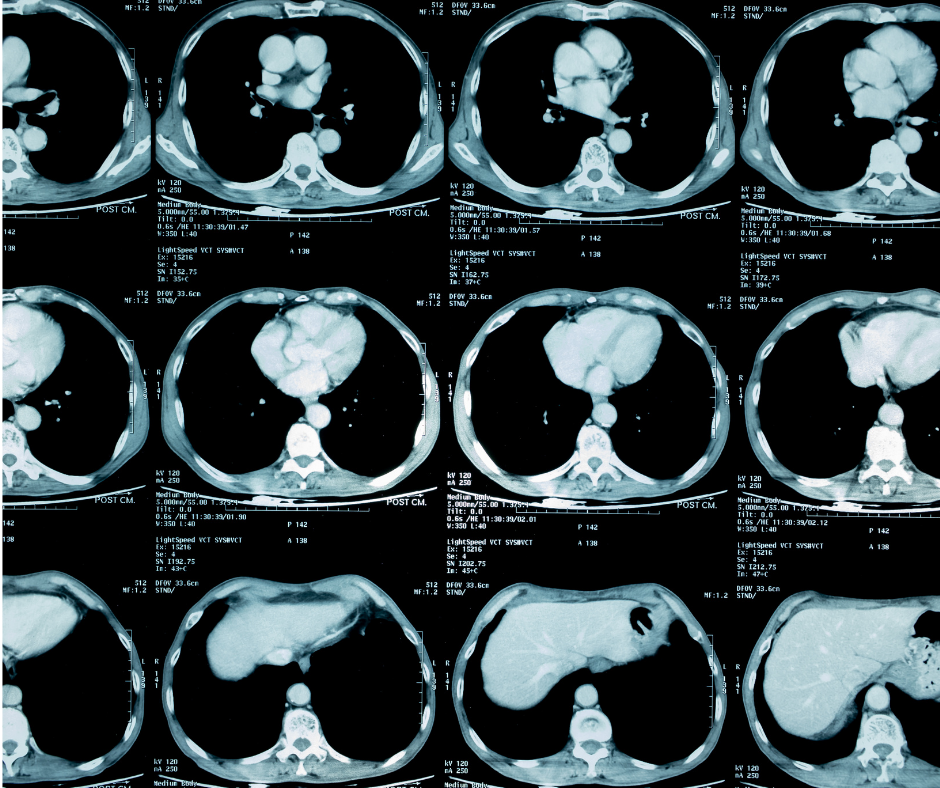
Application of the Lung-RADS classification in clinical practice had excellent diagnostic performance for detecting cancer on follow-up CT examinations, but strict application led to some malignancies being downgraded, according to a new study.
The retrospective study, published in the American Journal of Roentgenology, included 185 patients who had follow-up lung cancer screening CT examinations between July 2015 and August 2018. Clinical application of the Lung-RADS classification identified 50 category 2 nodules, 45 category 3 nodules, 47 category 4A nodules, 30 category 4B nodules and 13 category 4X nodules.
The study authors noted that strict application of the Lung-RADS classification resulted in category changes for 59 of the 185 nodules. These category changes were due to a new solid nodule of less than 4 mm, a ground glass nodule less than 30 mm, or unchanged nodule size since the last examination, according to the study. With the category adjustments, researchers noted that strict Lung-RADS application led to 83 category 2 nodules in comparison to 50 nodules being identified as category 2 via clinical application of Lung-RADS. The study authors found that none of the 50 clinical Lung-RADS category 2 nodules were cancerous whereas seven of the 83 reclassified category 2 nodules via strict Lung-RADS turned out to be cancer.
The subjective interpretation of the Lung-RADS guidelines in clinical practice was surprising to Mark M. Hammer, M.D., a co-author of the study and an assistant professor at Harvard Medical School.
“(We found that) radiologists often deviate from strictly applying the Lung-RADS guidelines to pulmonary nodules in lung cancer screening. However, they actually did a better job at detecting cancers by doing so,” noted Dr. Hammer, a thoracic radiologist affiliated with the Brigham and Women’s Hospital in Boston.
“The main reason for this is that about a quarter of lung cancers in our study grew so slowly that they were unchanged over a short follow-up interval. Lung-RADS designates those as category 2 ("benign"), which would have led to more complacency about these nodules. But in clinical practice, radiologists were upgrading those nodules to higher categories, reflecting the true risk of malignancy.”
For existing nodules, clinical application of Lung-RADS had a sensitivity and specificity of 100 percent and 94 percent in comparison to 65 percent and 98 percent for strict Lung-RADS, according to the study. The study authors also noted that clinical Lung-RADS had an area under the curve (AUC) for cancer of 0.96 in comparison to 0.81 for strict Lung-RADS. For newly detected nodules, researchers reported that clinical Lung-RADS had sensitivity and specificity of 100 percent and 41 percent in comparison to 74 percent and 38 percent for strict Lung-RADS. The study authors noted that the optimal diameter threshold was 8 mm for existing nodules and 6 mm for new nodules.
Limitations of the study included a retrospective analysis, small sample size and being conducted within a single health-care network, according to the study authors.
While acknowledging there is still more to learn about the treatment of slowly growing lung cancers, Dr. Hammer said “radiologists should feel free to use higher Lung-RADS categories (probably 4X) for nodules that are unchanged but still likely to be lung cancers based on their appearance.”
"use" - Google News
January 11, 2022 at 09:45PM
https://ift.tt/3Gk8ZFj
Study Examines Use of Lung-RADS Categories on Follow-up CT Screening - Diagnostic Imaging
"use" - Google News
https://ift.tt/2P05tHQ
https://ift.tt/2YCP29R
Bagikan Berita Ini














0 Response to "Study Examines Use of Lung-RADS Categories on Follow-up CT Screening - Diagnostic Imaging"
Post a Comment